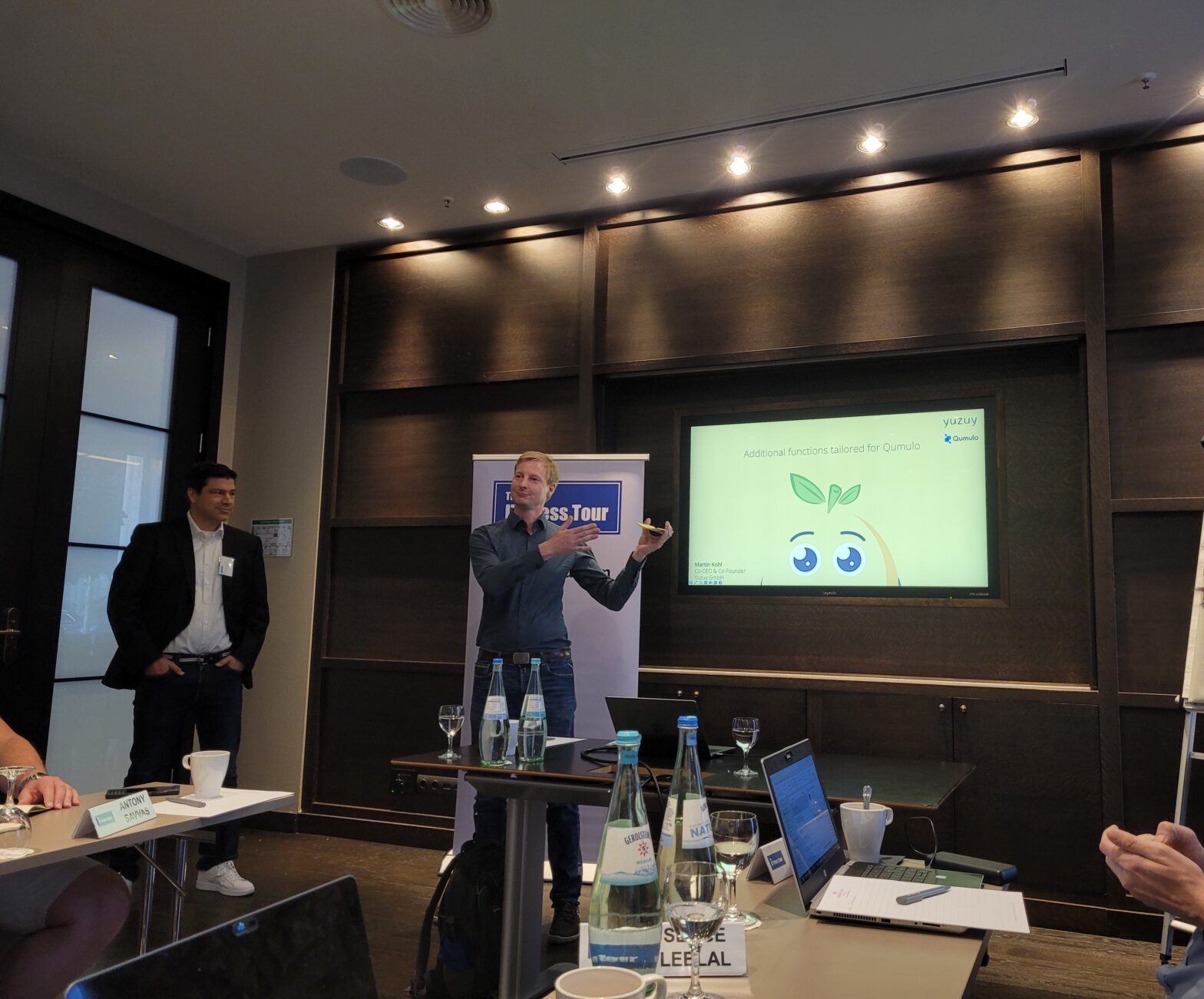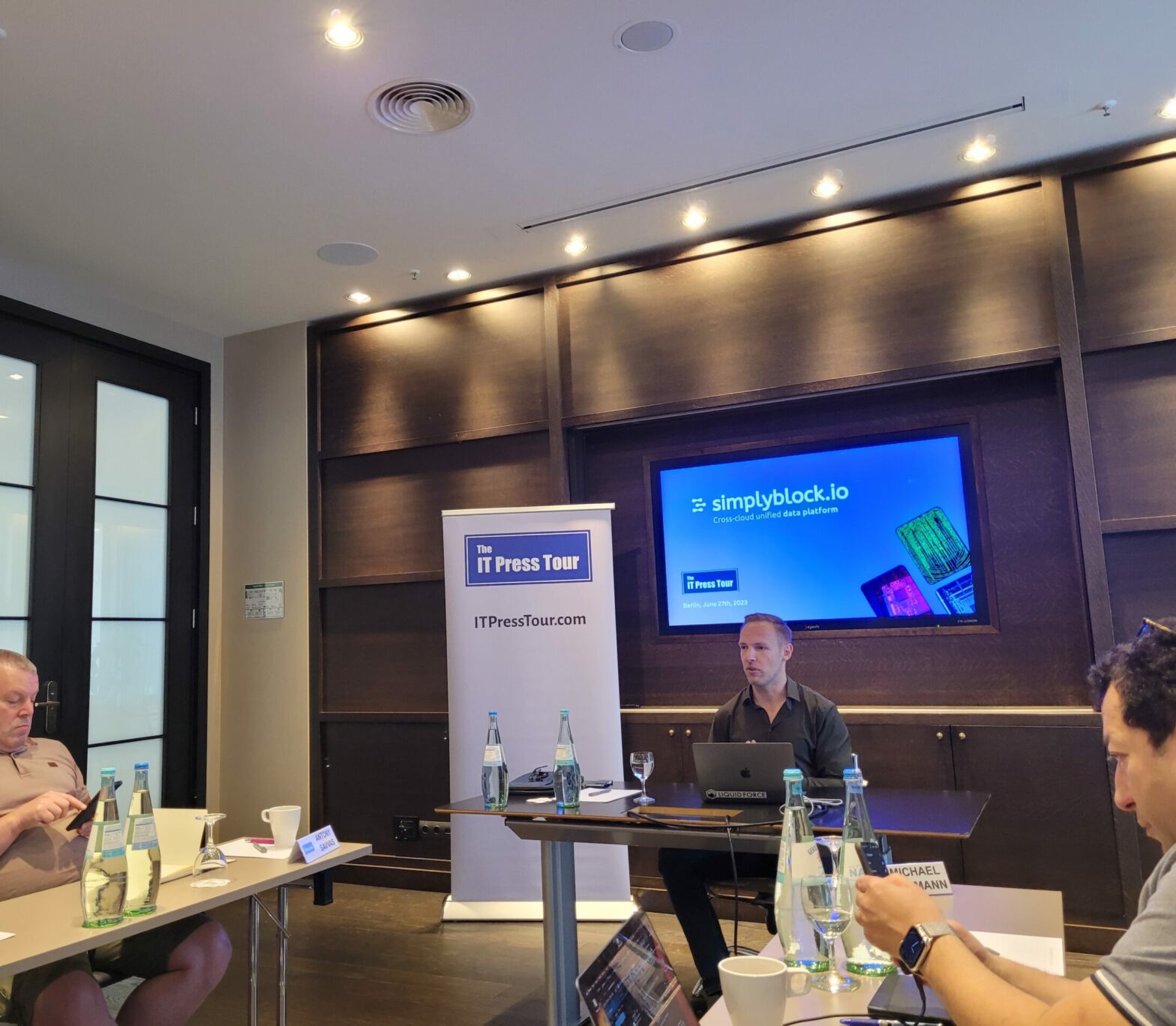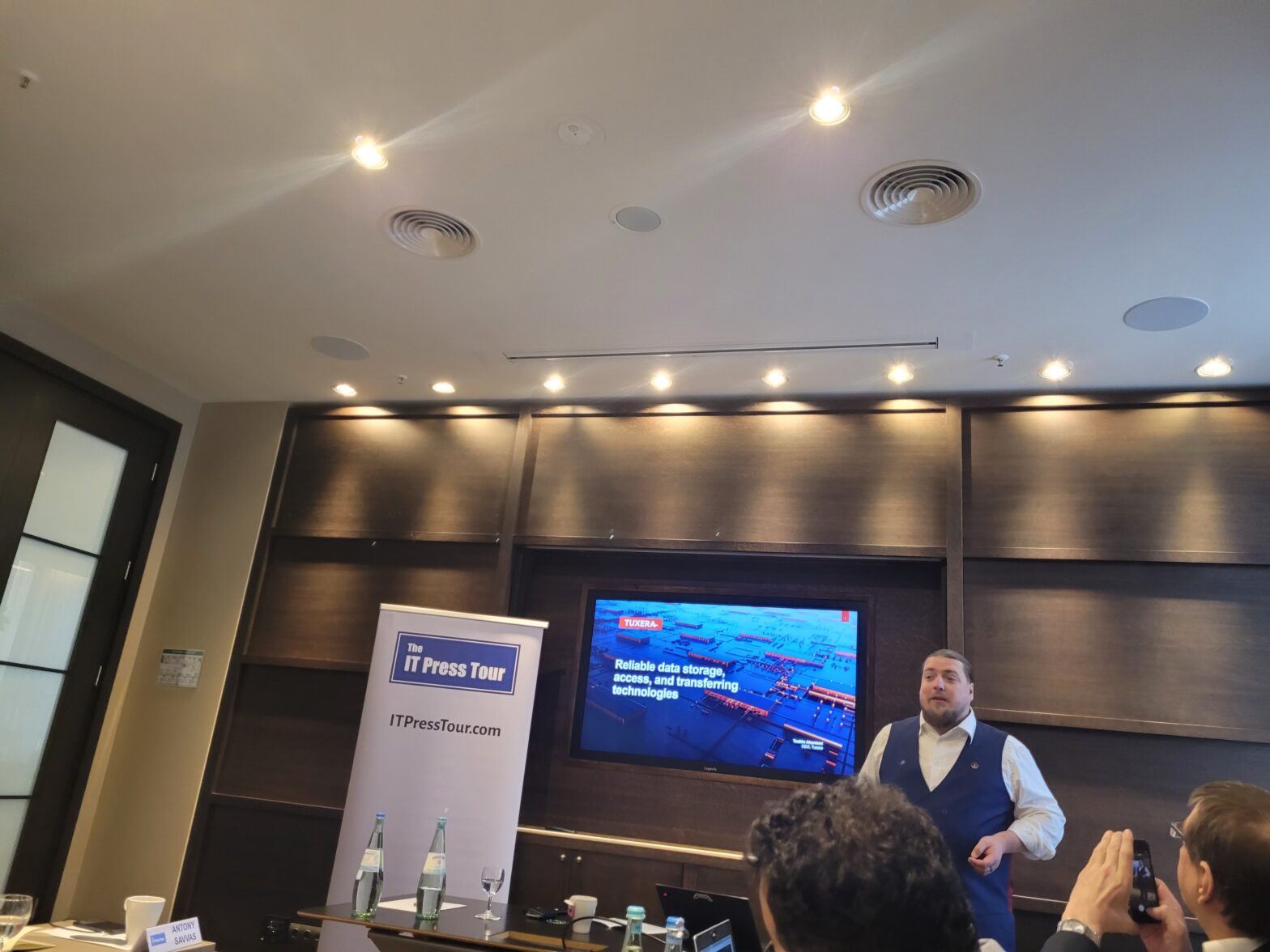“The greatest enabler for efficiency in the data centre is airflow management,” says James Cole, a director at data centre design and management provider Keysource, whose energy-efficient data centre deployment for oil exploration company PGS won it the Green IT Innovation award.
The PGS site has achieved an annual average power usage effectiveness (PUE) ratio – a measure of how much power pumped into a data centre facility ends up supporting actual IT workloads – of 1.19. Cole says that has been recognised by the team behind the European Union’s Data Centre Code of Conduct programme as the lowest of any data centre in Europe.
To achieve that PUE ratio, Keysource uses its own approach to data centre efficiency, named EcoFris, which manipulates airflow to minimise the requirement for artificial cooling in two ways.
First of these, says Cole, is the “complete separation of the exhaust air [hot air coming out of the IT equipment] from the conditioned air coming into the space”. Making sure that these never mix ensures that any energy used to cool air results in as much cooling of actual equipment as possible.
The second component of EcoFris is “optimising external plant to [make the best use of] ambient temperatures external to the data centre without introducing fresh air,” explains Cole. “Fresh air introduces complications in its own right, such as contaminants and humidity. Plus, with a fresh air solution you need to have a full-sized cooling capability when the fresh air can no longer be used.”
The EcoFris solution uses the external temperature to cool two high-efficiency water coils, which in turn cool air inside the facility. This air is pumped into the data centre space in proportion to the amount of exhaust air produced by the IT equipment, which is constantly monitored at over 2,500 points within the facility.
When the temperature rises above a certain level it is necessary to switch on a supplementary cooling device, which sprays cold water on the high-efficiency coils. In 2009, it was only necessary to switch on the mechanical cooling for a total of 60 hours. “This explains why we have a PUE of 1.19,” Cole says.
PGS is now preparing to triple the IT workload in the data centre, and Cole anticipates that the PUE will stay the same.
Runner-up – Digital Realty Trust
Digital Realty Trust, winner of the Data Centre Innovation Award, was also commended by voters for its introduction of real-time monitoring of PUE in the data centre. This allows customers to read electricity usage in 15-minute increments, which will in turn allow data centre users to manage energy consumption proactively.
Other award categories
Information Management Innovation Award
Winner – Hitachi Data Systems
Runner-up – Optier
Winner – Digital Realty Trust
Runner-up – Telecity
Winner – Websense
Runner-up – Unity Enterprise Solutions
Business Applications Innovation Award
Winner – BravoSolution
Runner-up – Platform Computing










